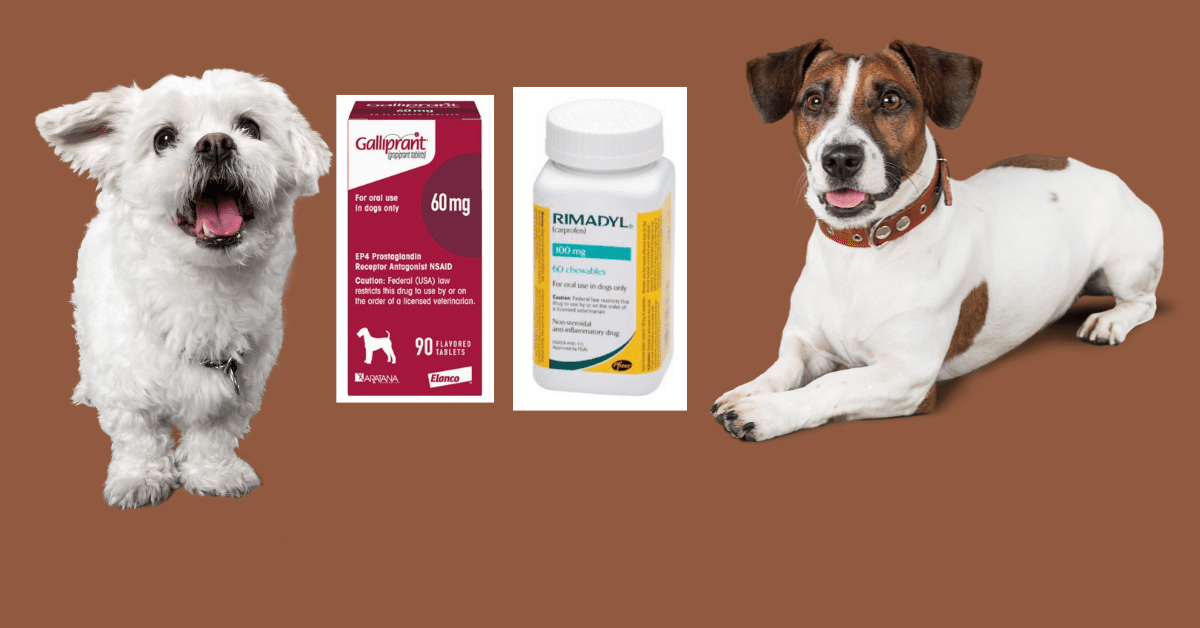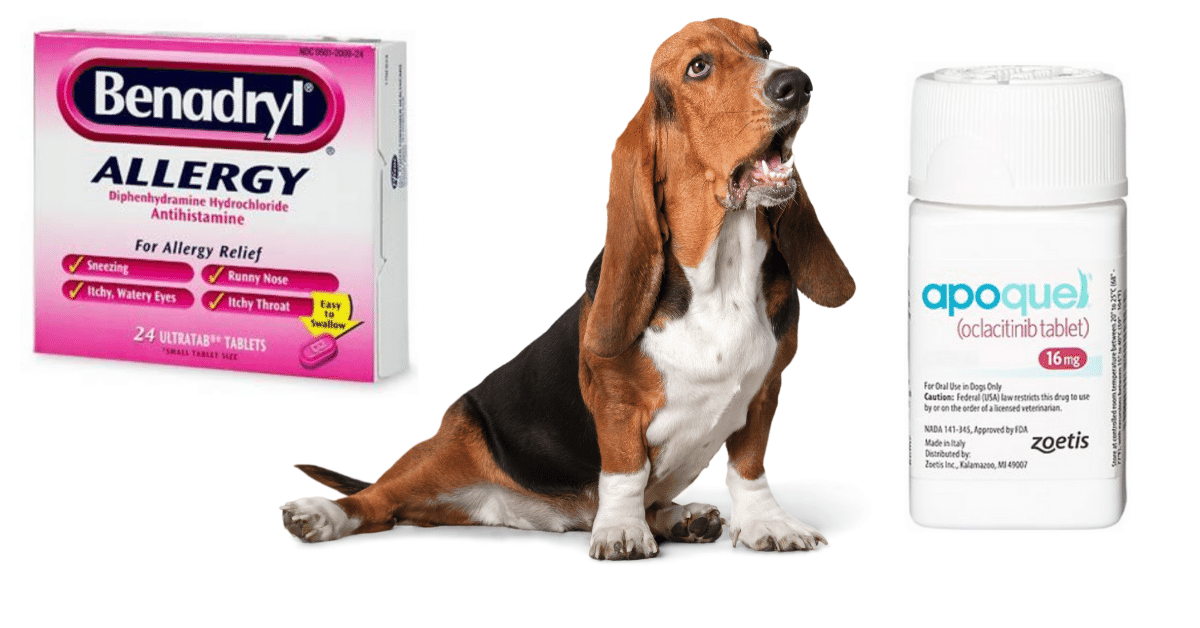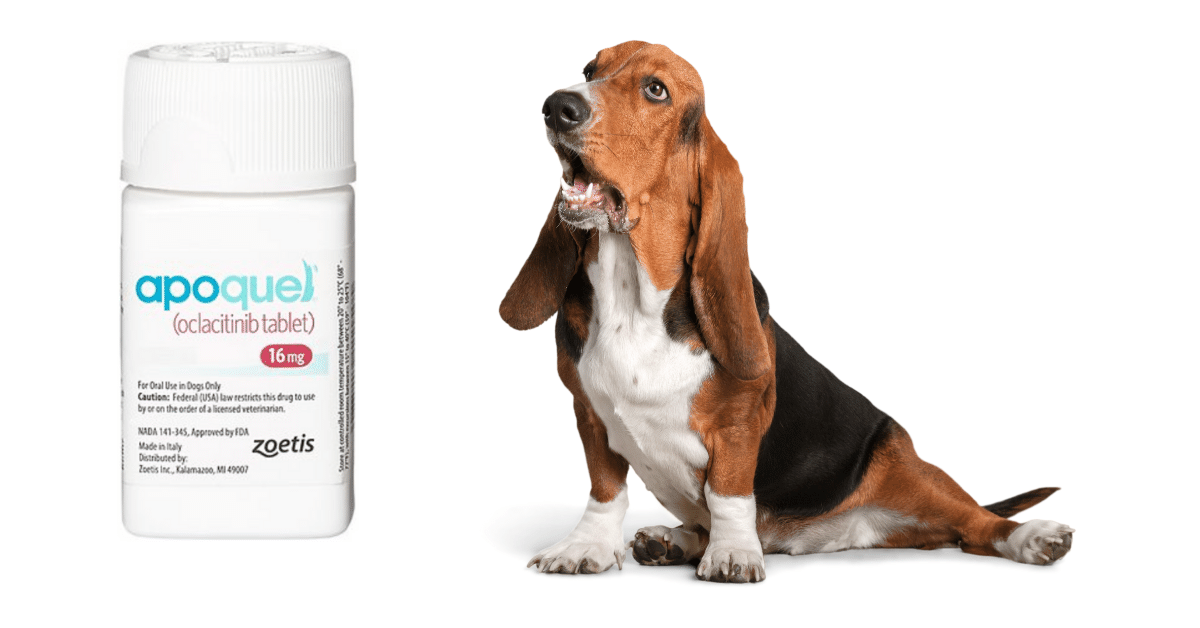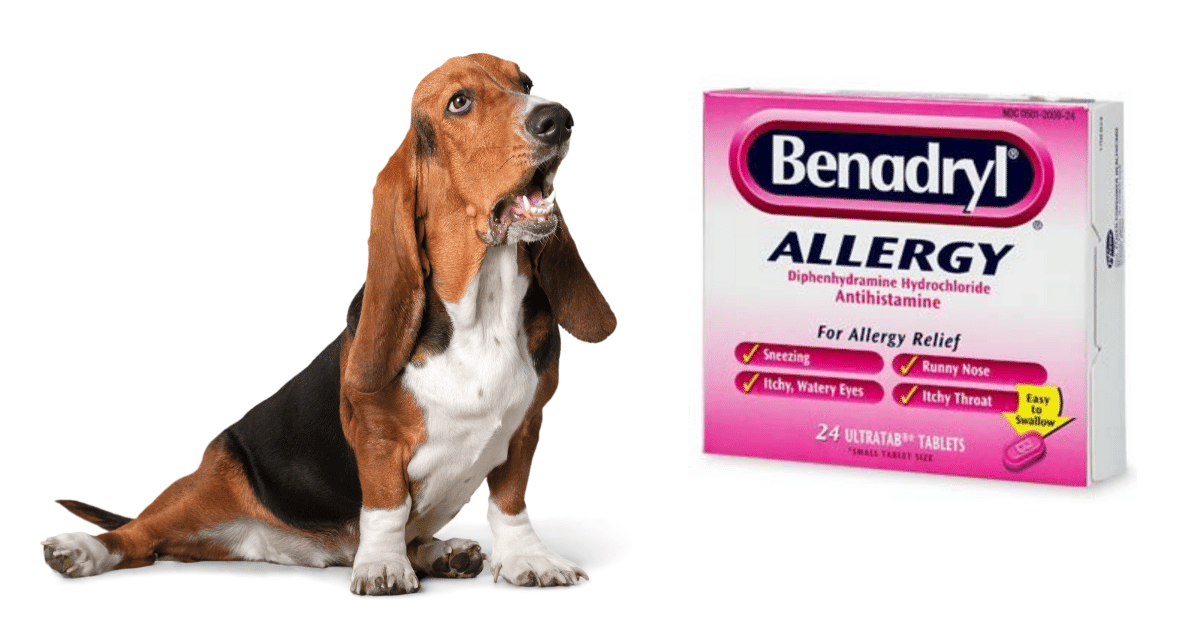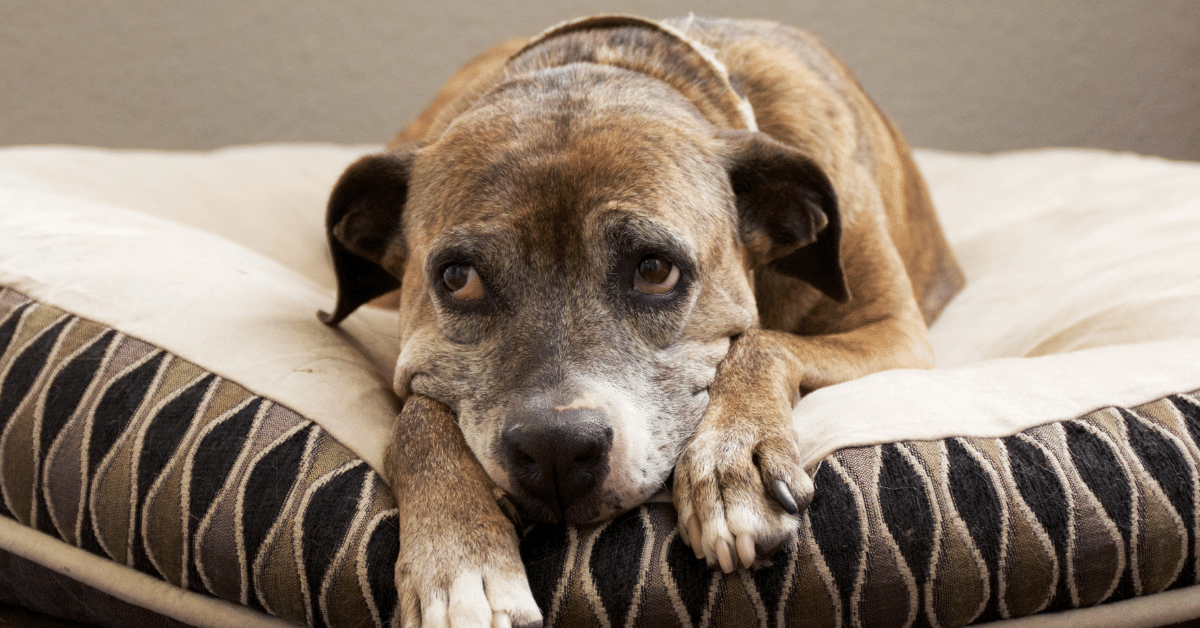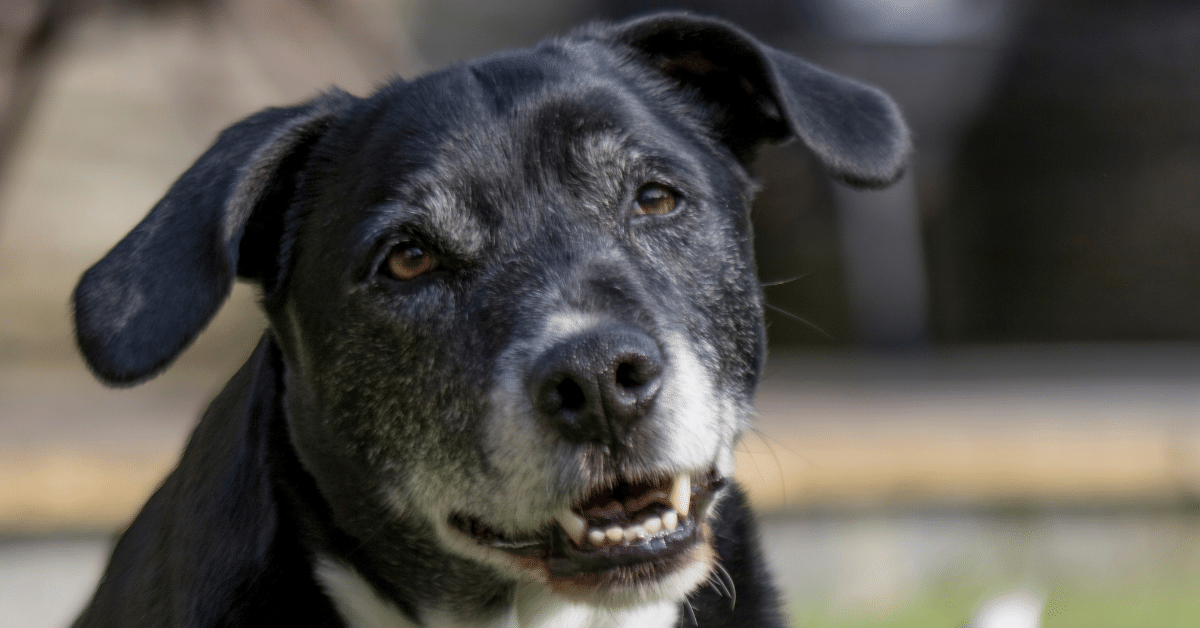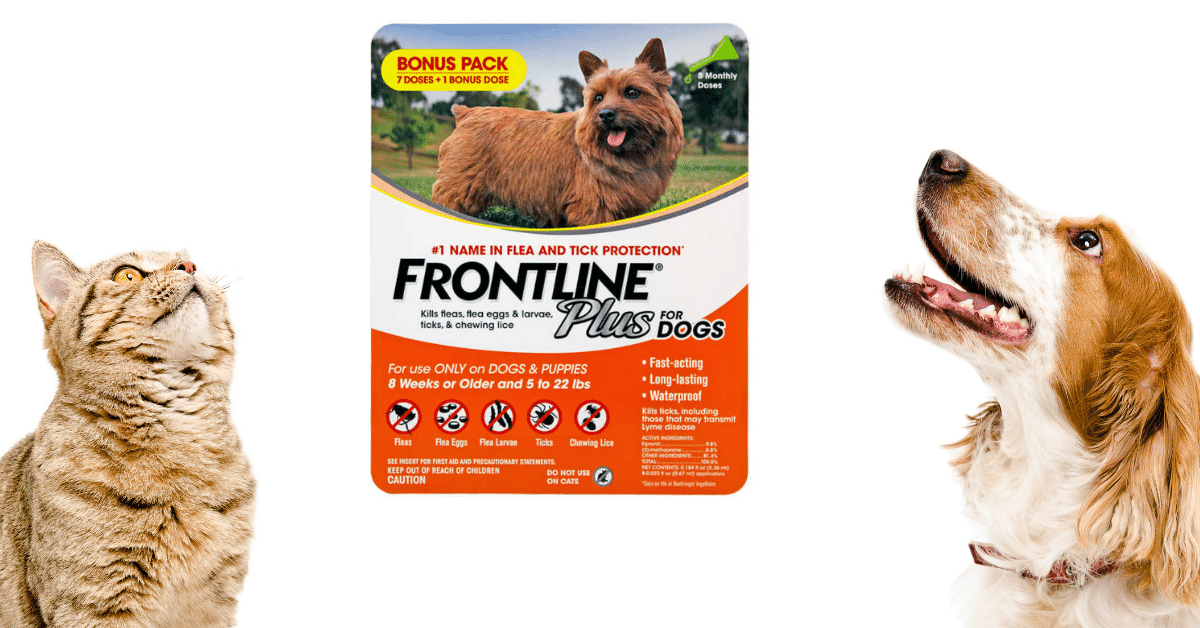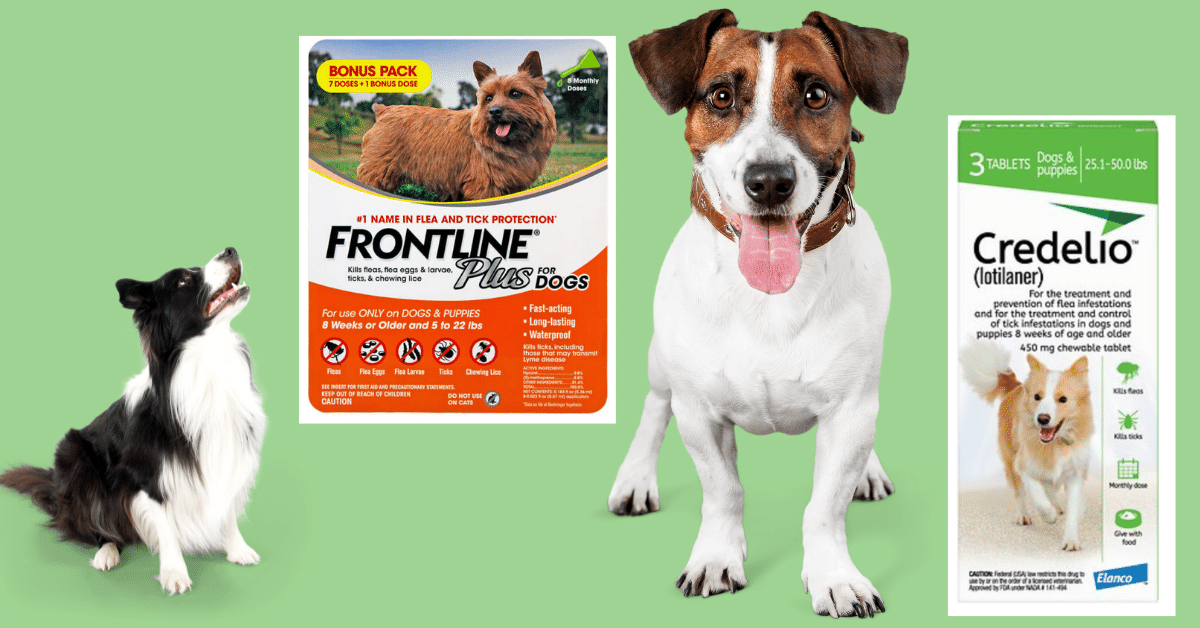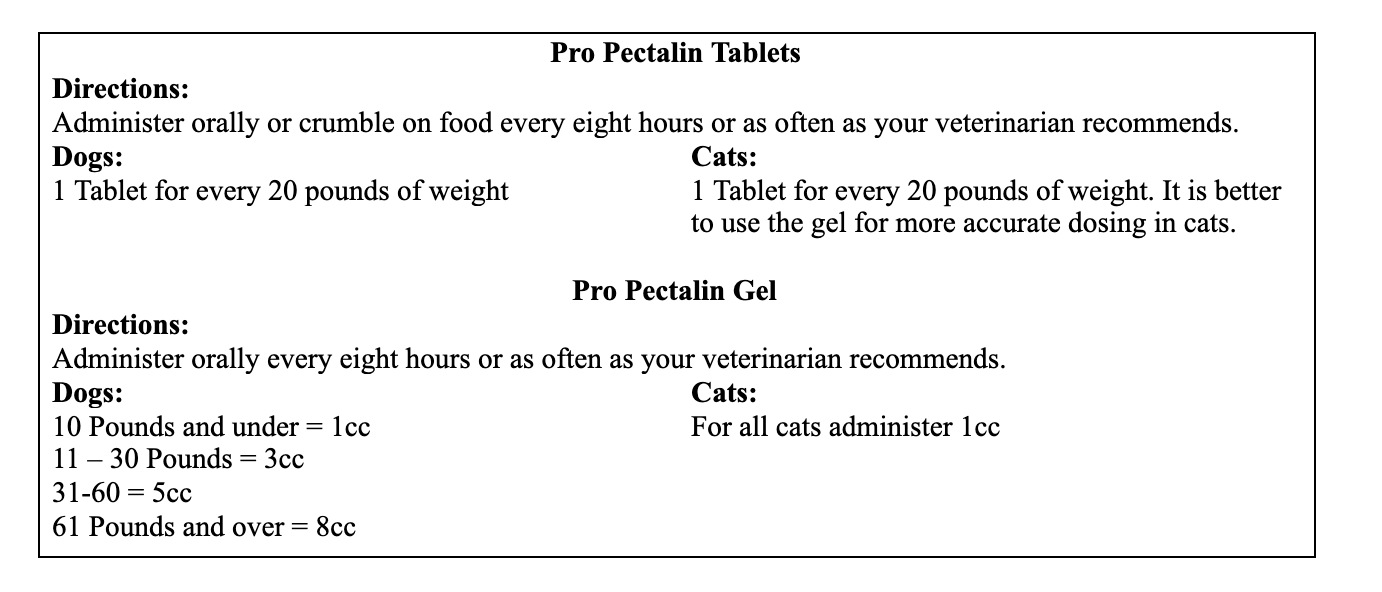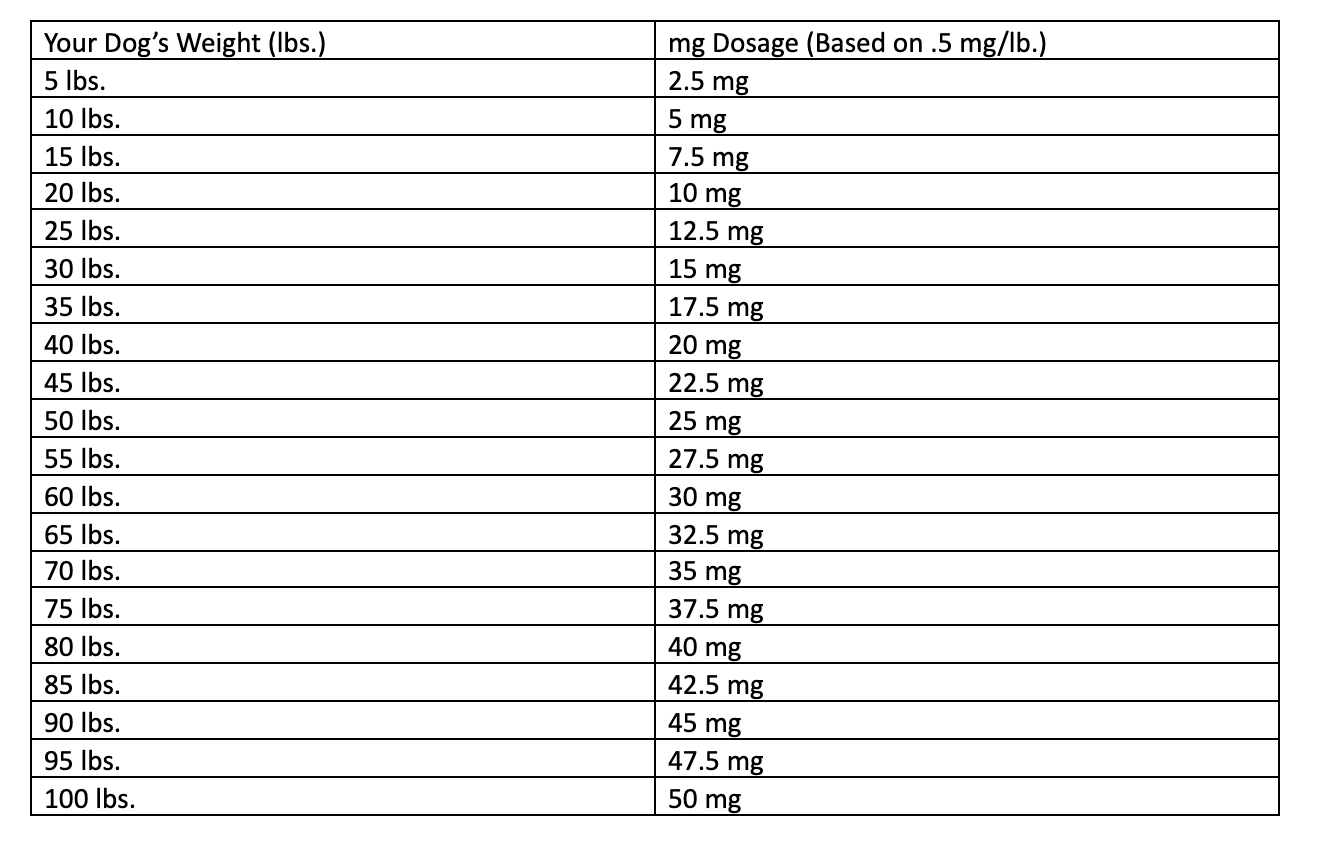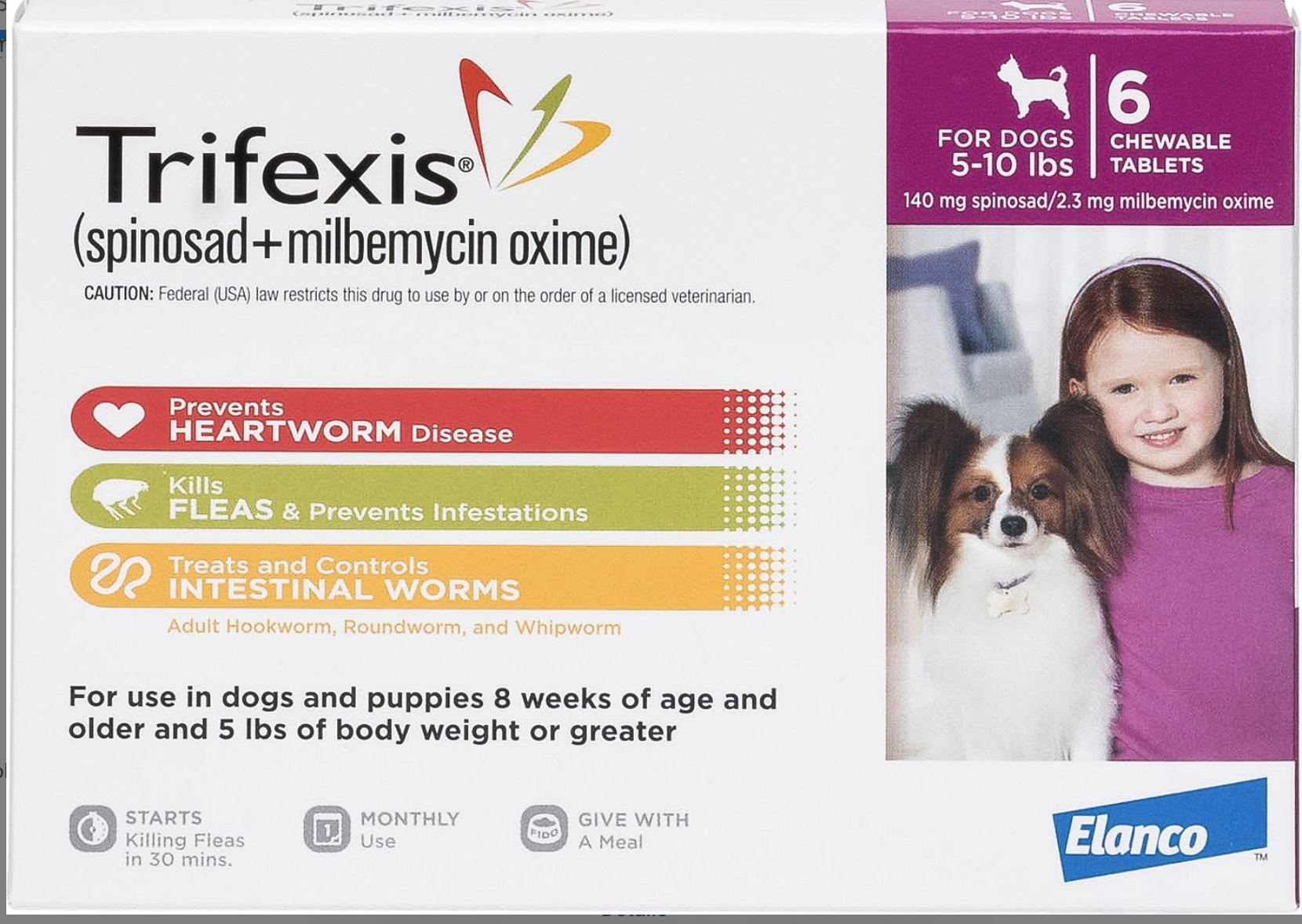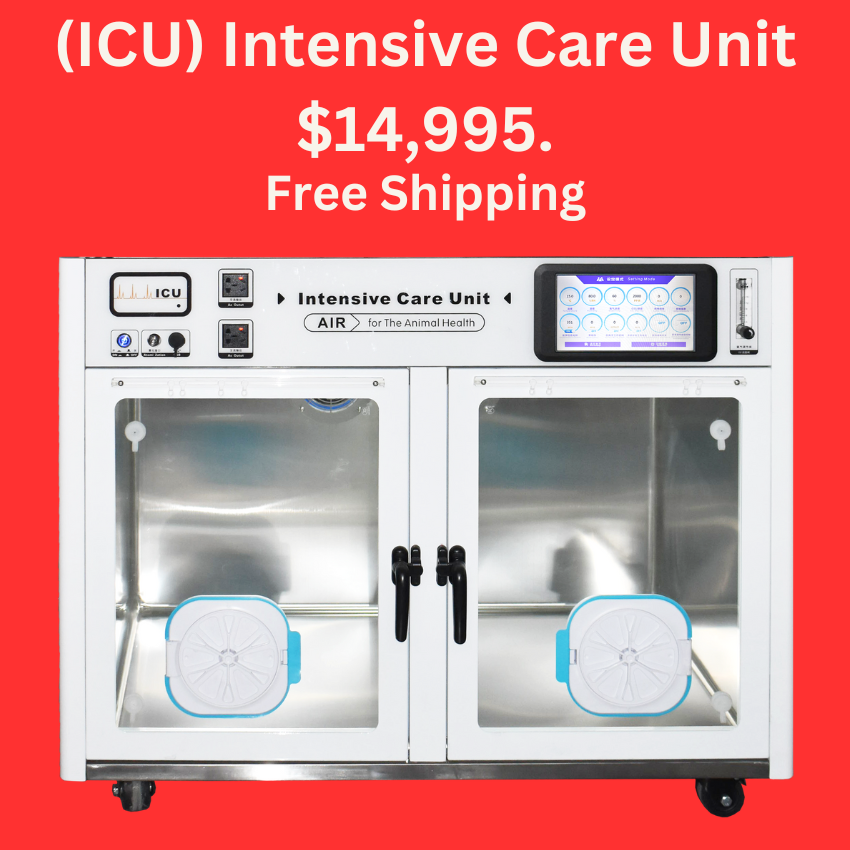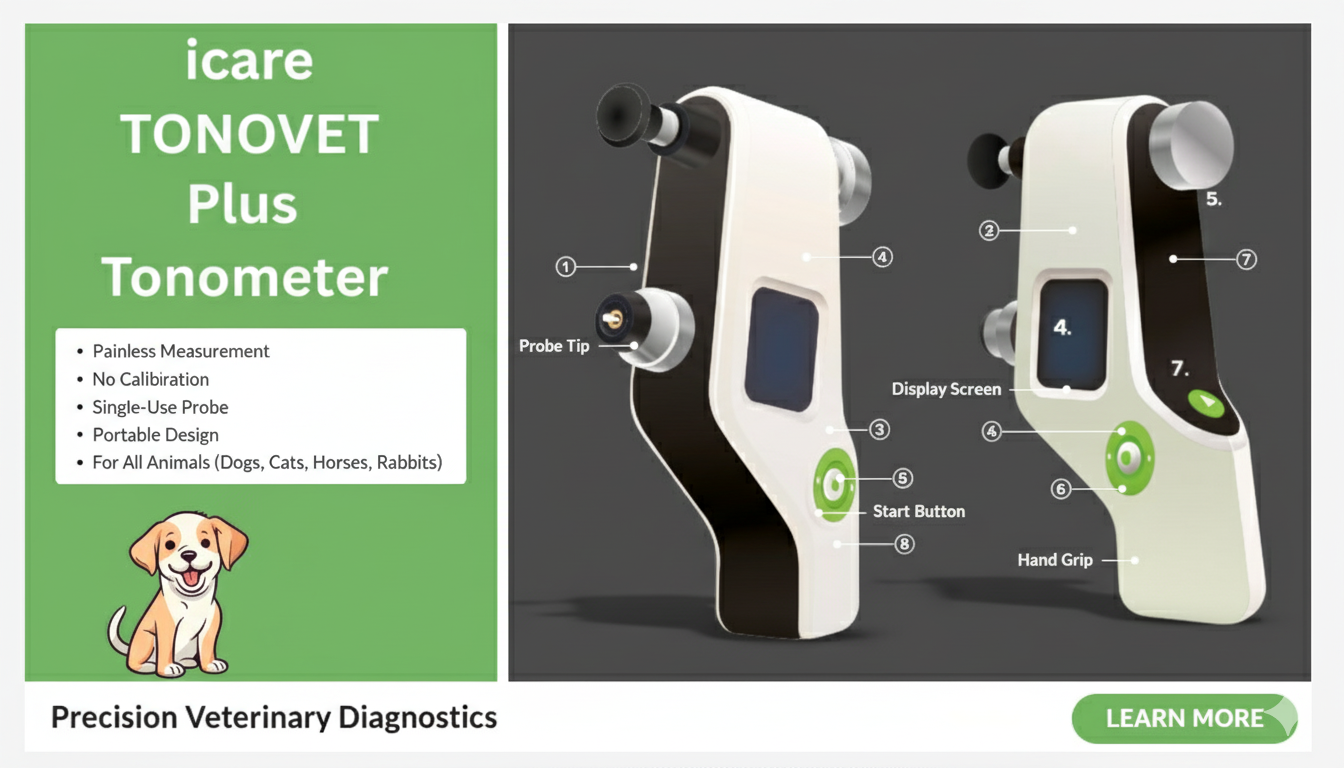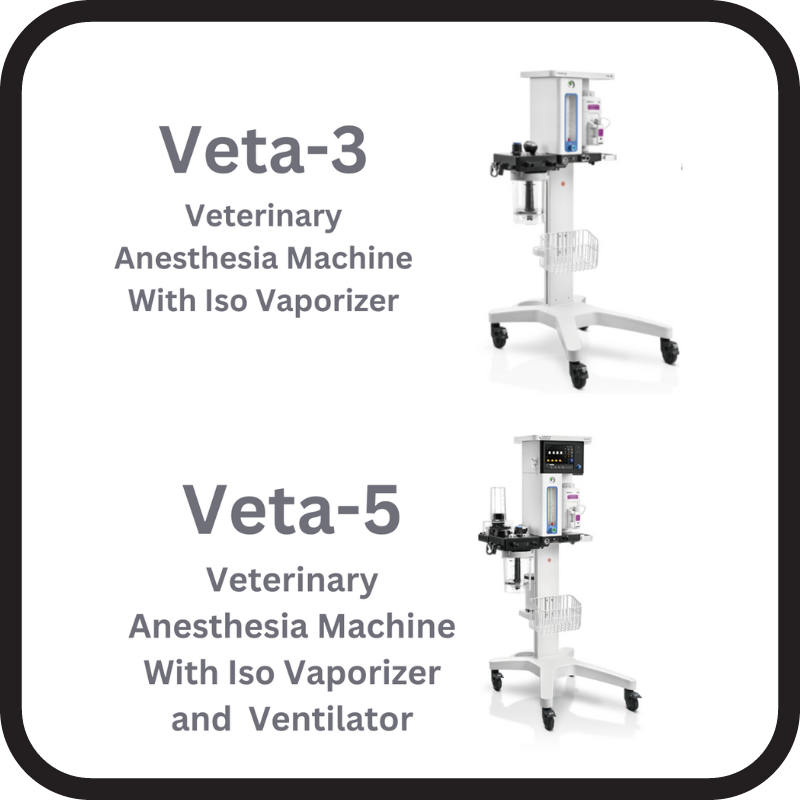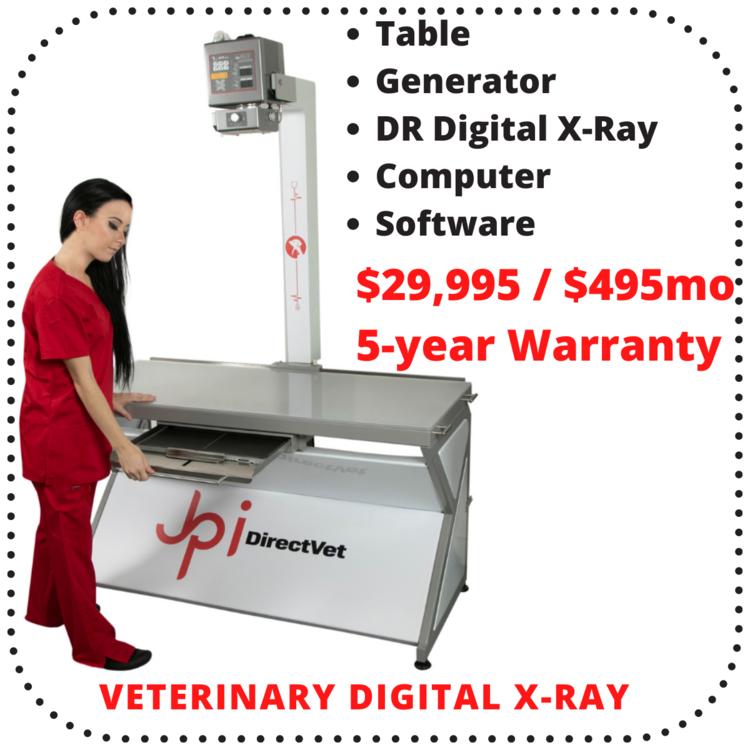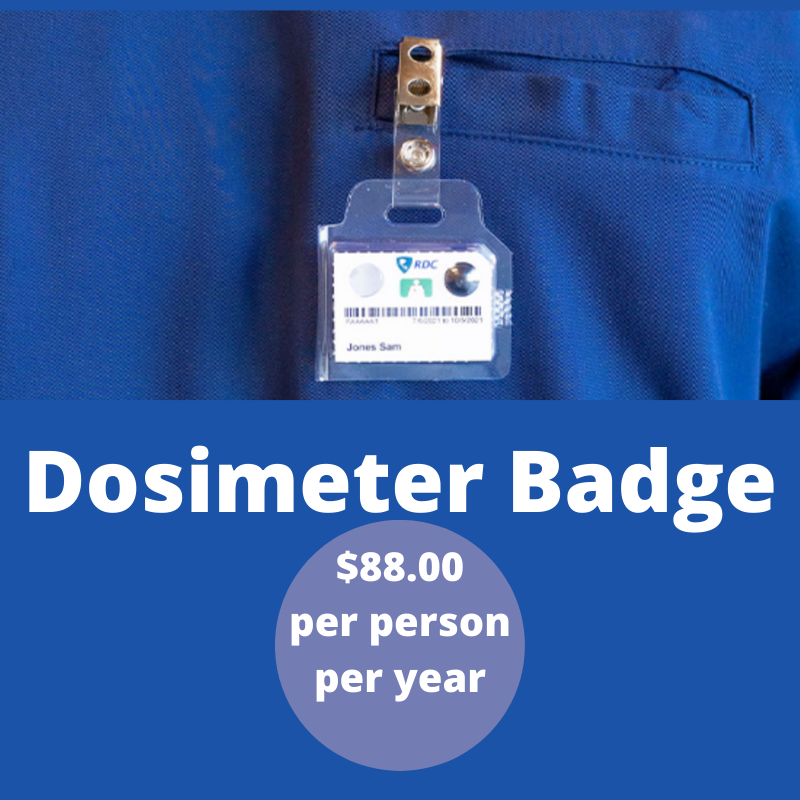Galliprant Vs Rimadyl: Pros & Cons of Both for Your Pet
/Galliprant Vs Rimadyl: Pros & Cons of Each for Your Pet
Veterinarians and pet owners share the common goal of wanting to see pets live happy and comfortable lives. One important aspect of this, especially as pets get older, is pain prevention and management.
Dogs can suffer from a variety of ailments, including acute injuries, post-operative pain, chronic conditions like osteoarthritis, and more. Osteoarthritis in particular is very common, especially in dogs that are overweight, getting older in age, or have a previous joint injury or other relevant underlying medical condition.
One of the most common types of medications used for analgesia and chronic pain management are NSAIDs, or non-steroidal anti-inflammatory drugs. These medications can help by alleviating pain and reducing inflammation that could cause further damage and pain.
While no drug is perfect—and each comes with its own benefits, limitations, and precautions—NSAIDs are a valuable tool that can help many veterinary patients live a better quality of life.
With all the options out there, how does a veterinarian choose which medications to keep on the shelf? Is there any advantage to switching to a newer generation of NSAID that has a more specific mechanism of action (and therefore, potentially less side effects), or is it best to stick with the same NSAID you know and are already comfortable using?
Here, we’ll discuss two NSAIDs—the newer medication Galliprant, along with Rimadyl, which has been used in veterinary medicine for quite some time already—and compare some of the pros and cons of each.
What is Galliprant?
Galliprant (the brand name for grapiprant) is an NSAID, or non-steroidal anti-inflammatory drug, that’s been on the market since 2016.
Like any other NSAID, it has a variety of potential uses for treating pain and inflammation. But it’s primary use (and the only one it’s labeled for) is the treatment of osteoarthritis.
One unique, and potentially very beneficial, thing about Galliprant is the fact that is works in a different way than other, more established NSAIDs.
How to administer Galliprant
Galliprant comes in chewable tablets flavored with pork liver, available in 20mg, 60mg, and 100mg sizes. It can be given with or without food.
The exact dosage is based on a dog’s body weight. As a prescription medication, specific dosing instructions from the dog’s veterinarian should be followed.
Galliprant is not approved for puppies younger than 9 months of age or dogs below 8 pounds in body weight. Also, the effects in pregnant or lactating dogs and dogs with heart disease have not been fully evaluated. Use in cats is not approved or recommended.
How Galliprant works
Most NSAIDs are cyclooxygenase (COX) inhibitors. However, rather than inhibiting COX, Galliprant acts further down the line in that inflammatory pathway. It specifically blocks the EP4 prostaglandin receptor and the activity of prostaglandin E2 (PGE2).
COX is a substance activated after cell damage to stimulate the release of prostaglandins from the cell. Prostaglandins then stimulate inflammation as a response to damage or injury. Inflammation is an important part of the body’s defense against injuries. However, unchecked or chronic inflammation can lead to pain and worsening tissue damage.
In addition to inflammation, prostaglandins play several important, protective roles in the body. This includes functions related to maintaining stomach and intestinal linings and blood flow to the kidneys. Also, NSAID administration can contribute to bleeding/lack of blood clotting, especially in pets that already have a blood clotting disorder.
So, when NSAIDs are prescribed to block pain and inflammation, unfortunate side effects include blocking of some of the beneficial functions of prostaglandins in the body, such as blood flow and stomach/intestinal health functions.
Some NSAIDs are more selective than others in terms of their effects on specific types of COX inhibition (COX-1 versus COX-2). However, Galliprant takes it a step further with even more specificity by blocking just one type of prostaglandin receptor rather than COX.
Benefits of Galliprant
A study of Galliprant versus a placebo (see the Resources section) showed an improvement in symptoms for dogs suffering from osteoarthritis when they received Galliprant. Effective pain control can certainly be a way to improve quality of life and possibly give a pet longer to live before the pain becomes a factor in considering euthanasia.
The drug’s very specific mode of action further down the inflammatory cascade—blocking a specific prostaglandin receptor, rather than inhibiting COX and all subsequent prostaglandins—is also important.
This specificity of action can mean fewer unwanted side effects, such as liver and kidney damage and GI effects like stomach ulcers.
These side effects are a risk with any NSAID, so it may be beneficial to some pets to have a new option where these side effects are less likely. It may allow for administration and pain relief in some pets who aren’t good candidates for more traditional NSAIDs due to underlying diseases. It may be another option to try for pets who did not tolerate traditional NSAIDs very well.
Disadvantages of using Galliprant
Although Galliprant carries the benefits of effectiveness for osteoarthritis pain and decreased risk of certain NSAID side effects, every drug comes with pros and cons.
The specificity of action of Galliprant may mean it’s less effective than other common NSAIDs used in veterinary medicine. While it was more effective than a placebo, two studies (see the Resources section) found Galliprant to be less effective than other, more traditionally used NSAIDs.
Additionally, while Galliprant is less likely than other NSAIDs to produce unacceptable side effects, that doesn’t mean there is no risk at all. Every drug comes with risks.
Common side effects of Galliprant include vomiting, diarrhea, lethargy, and decreased appetite. Also, contraindications or precautions for use include...
Dogs that are under 9 months of age or 8 pounds of body weight.
Pregnant or lactating dogs.
Dogs with heart disease.
Dogs who have previously had severe side effects to NSAIDs, or who have kidney or liver disease.
Galliprant should not be used concurrently with steroids or other NSAIDs.
In some cases, it may make sense to start a dog on Galliprant even with underlying conditions such as kidney or liver disease, for quality of life. It may be safer compared to other NSAIDs. But this will come down to the clinical judgment of the veterinarian, with a discussion of risks with the pet owner as should be done with any NSAID.
Monitoring of bloodwork while on chronic Galliprant is still recommended, although it may only be needed once per year.
What is Rimadyl?
Rimadyl (a brand name for carprofen) is a type NSAID that has been used in veterinary medicine for years for treating pain and inflammation. It comes in oral and injectable formulations, including chewable tablets and non-chewable caplets.
The Rimadyl brand name chewable tablets come in sizes of 25mg, 75mg, or 100mg. The dosing amount and schedule depend on a dog’s weight and the condition being treated. As with any prescription medication, exact instructions from the dog’s veterinarian should always be followed.
The most common veterinary uses of Rimadyl probably include osteoarthritis, treatment of injuries, and surgical/post-operative pain control.
It’s best to give Rimadyl with food, to decrease the likelihood of an upset stomach. It may be given as a full dose once per day, or divided into half doses given in the morning and evening.
Benefits of using Rimadyl
As a COX inhibitor, Rimadyl’s mode of action is earlier in the inflammatory cascade than is Galliprant’s. That means Rimadyl can provide good analgesia and decrease inflammation for a variety of medical conditions.
COX can further be divided into COX-1 and COX-2. Previous generations of NSAIDs didn’t differentiate between the two, but carprofen is an NSAID that preferentially inhibits COX-2 more than it inhibits COX-1. While both produce prostaglandins that contribute to healthy biological functions, it’s also true that COX-2 plays a stronger role in promoting prostaglandins that contribute to pain and inflammation.
Since carprofen more selectively targets COX-2, it is less likely (though not impossible) that a pet would experience certain side effects (especially GI side effects) when compared to non-selective COX inhibitors that affect both COX-1 and COX-2 equally. This selectivity is beneficial, although this is still less specific than the action of Galliprant, which only targets the EP4 prostaglandin receptor rather than COX.
The drug Rimadyl is approved for puppies as young as six weeks of age, which is younger than the recommended use of Galliprant.
A minimum body weight requirement is not listed, although for very small dogs (less than 5 pounds), accurately dividing the oral tablets might prove difficult and run the risk of an accidental overdose.
However, this is still a lower body weight than Galliprant is approved for, which allows for use in more small dogs.
Rimadyl also has the advantage of being time-tested. Carprofen has been used in veterinary medicine for decades. So, vets are pretty familiar with what to expect when using the medication.
And many prefer to use what they know rather than trying a medication that is relatively new.
Additionally, carprofen is available in many forms. Injectable products may be needed in some cases, such as the first dose during surgery or administration in pets who can’t tolerate an oral medication during illness.
And unflavored caplets may be necessary for pets with food allergies.
The wide availability of generics also gives an option to some pet owners where the cost of medication is otherwise prohibitive.
Disadvantages of administering Rimadyl
Due to its wider range of action compared to Galliprant (COX inhibition versus selective EP4 blocking), it is expected that Rimadyl can have more side effects than Galliprant.
The most common side effects include gastrointestinal (GI) symptoms, especially diarrhea, vomiting, or inappetence.
In more severe cases, bloody stools, tarry stools (consistent with stomach or upper intestinal bleeding), and GI ulcers can occur.
Also, while less common, liver and kidney problems are always a potential concern with NSAIDs. T
herefore, dogs require frequent bloodwork monitoring (usually at least every six months) while on the medication long-term. And pets with underlying liver or kidney disease might not be able to take Rimadyl at all.
Like Galliprant, Rimadyl cannot be used in cats. And ideally, it should be avoided in pregnant or lactating dogs or dogs with blood clotting disorders.
Conclusion
In addition to the factors listed above, it’s important to consider how and why a medication is administered. These circumstances can help a vet decide which medication is the best option for each individual pet.
For example, with Galliprant, there is not an injectable form of the medication available at the time of this writing.
Also, it can take 2-4 weeks of consistent administration for the medication to reach its peak levels and provide the best level of pain control.
These two factors would make Galliprant a poor choice for traumatic injuries or for surgeries, where a higher level of pain control is needed immediately.
On the other hand, Galliprant may be an excellent option for chronic osteoarthritis pain in pets whose owners can give the medication daily and are okay with the expense.
This may be an ideal option (or even the only option) in pets who can’t tolerate other NSAIDs.
Every pet is unique, and not all of them “read the book” or respond to a certain drug exactly as expected. Therefore, it may take some trial and error to find the best option for an individual dog.
Finding the best option for each pet can contribute to the quality of life, pain relief, and even length of life by extending the time to euthanasia in pets that suffer from chronic pain—chronic pain that can potentially be managed a bit longer with a medication plan.
Lifestyle and other changes—such as weight management, staying active when possible, and using a combination of medications and supplements that can be safely administered together for improved all-around effects—are all an important part of managing pain and inflammation.
And the right NSAID can fit into that management plan to help a pet feel better and enjoy their favorite activities in life for as long as possible.
With any NSAID, pet owners should inform their veterinarian right away if any side effects, abnormal symptoms, changes in eating/drinking/bathroom habits, or behavioral changes are noted.
Resources/Further Reading:
Carprofen (Rimadyl) - Veterinary Partner - VIN
https://yourdogadvisor.com/tick-repellent-for-dogs/

